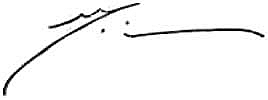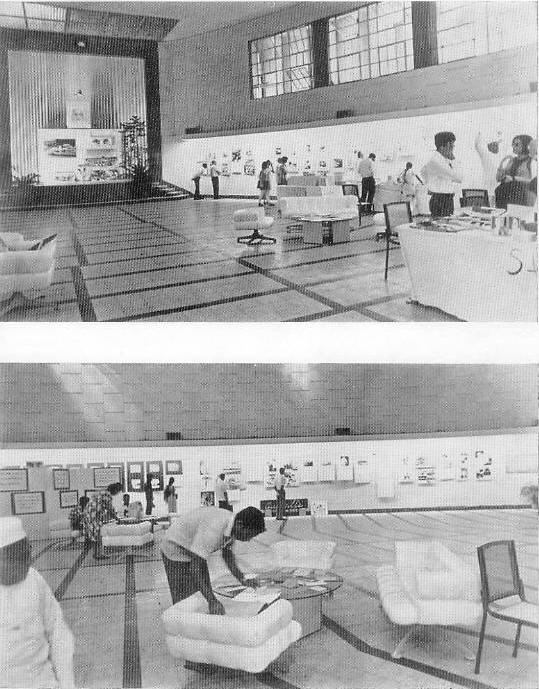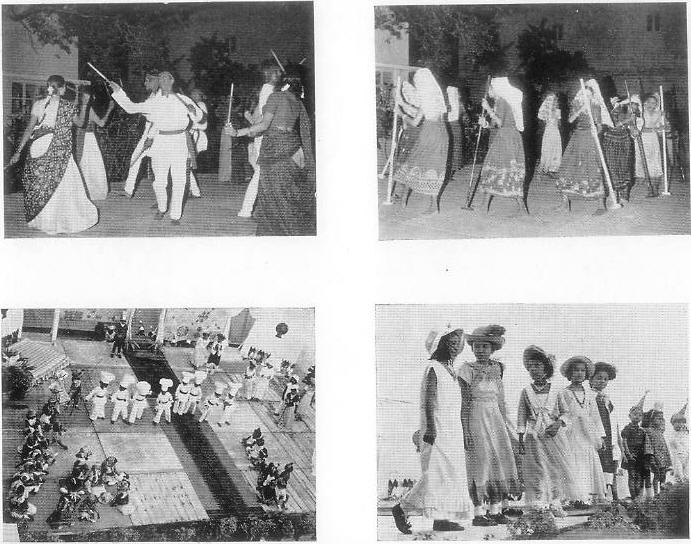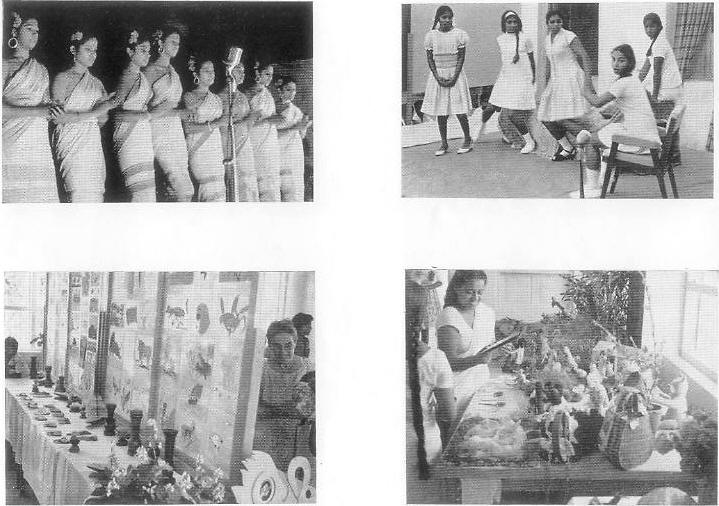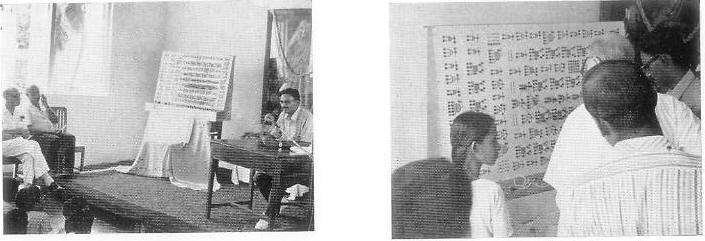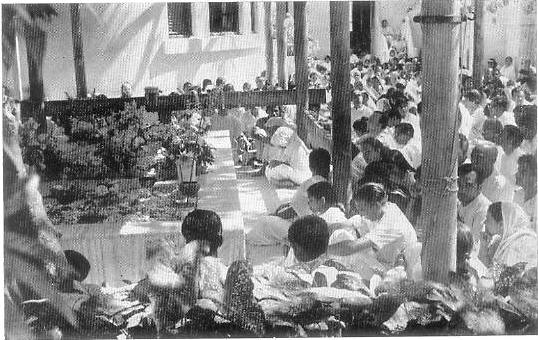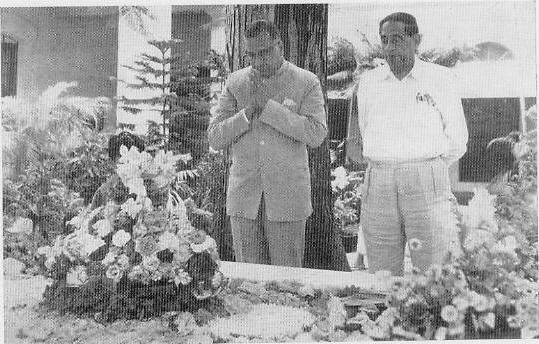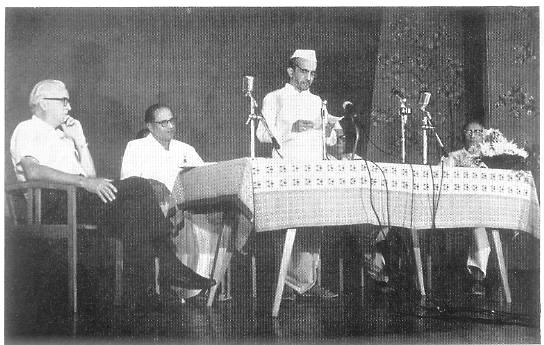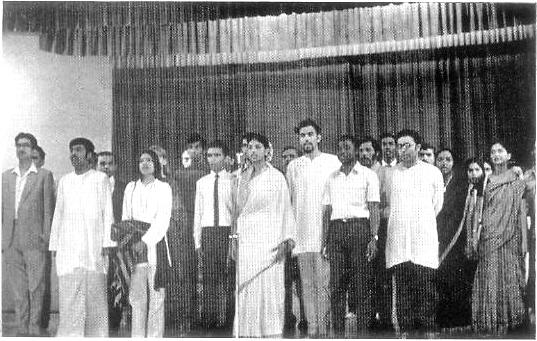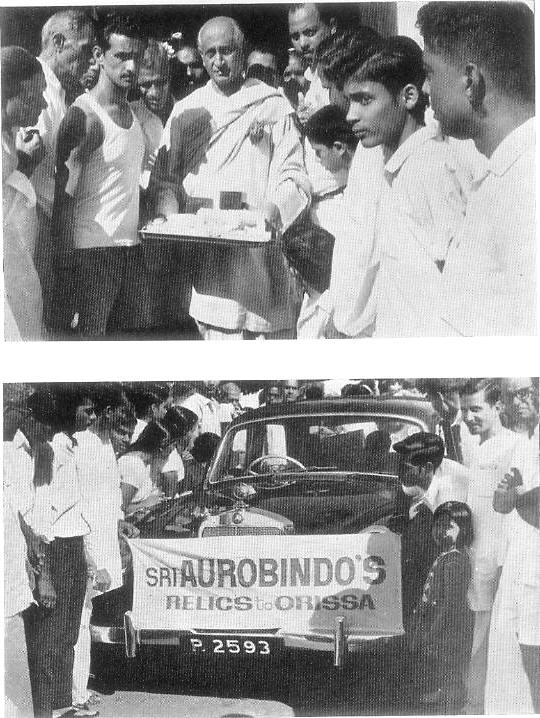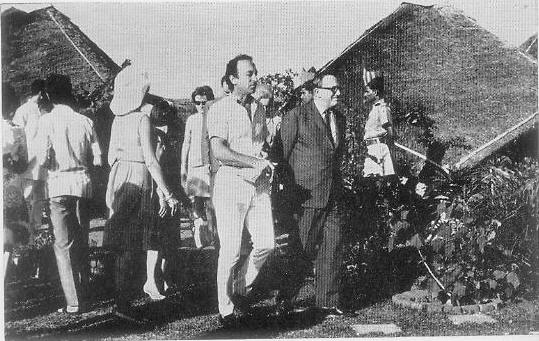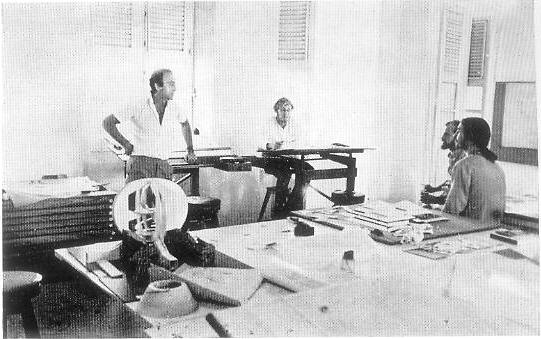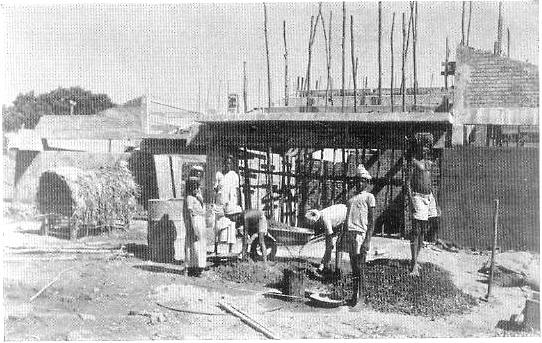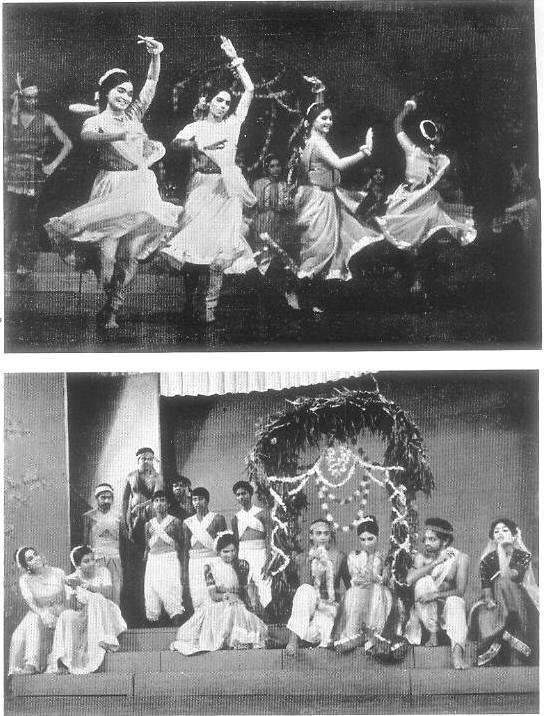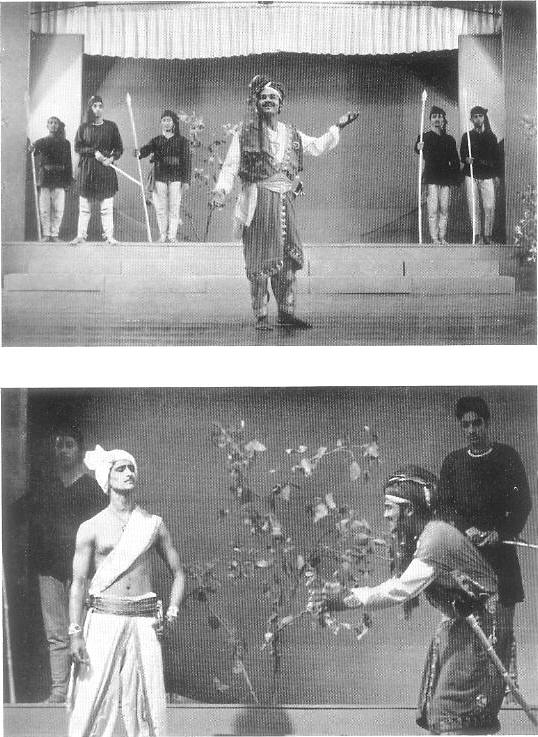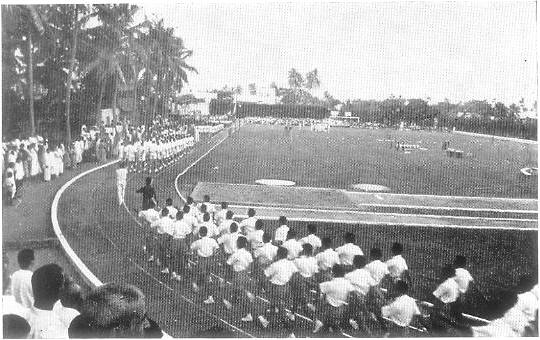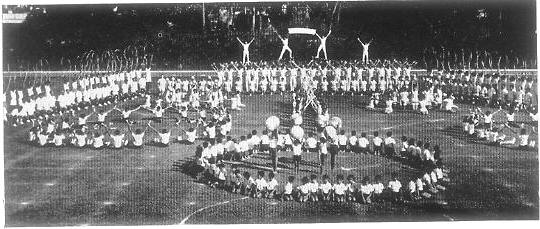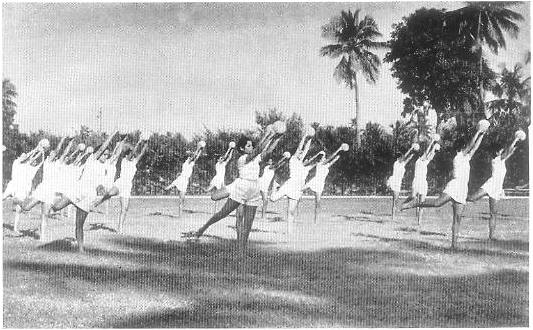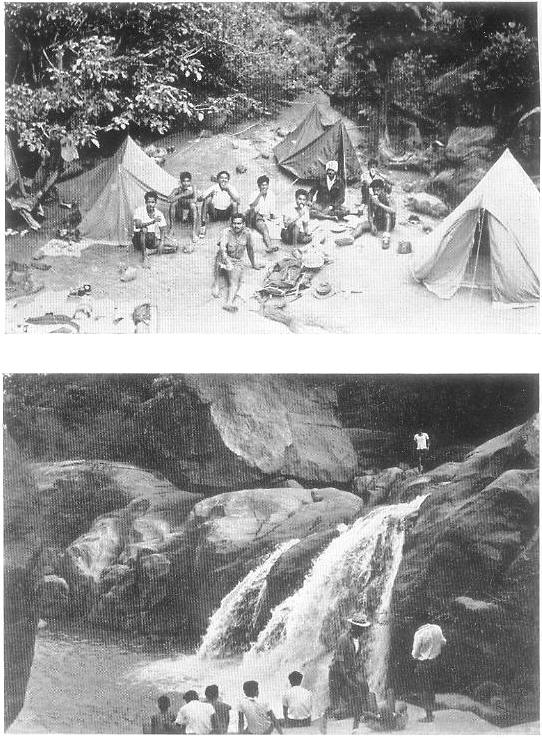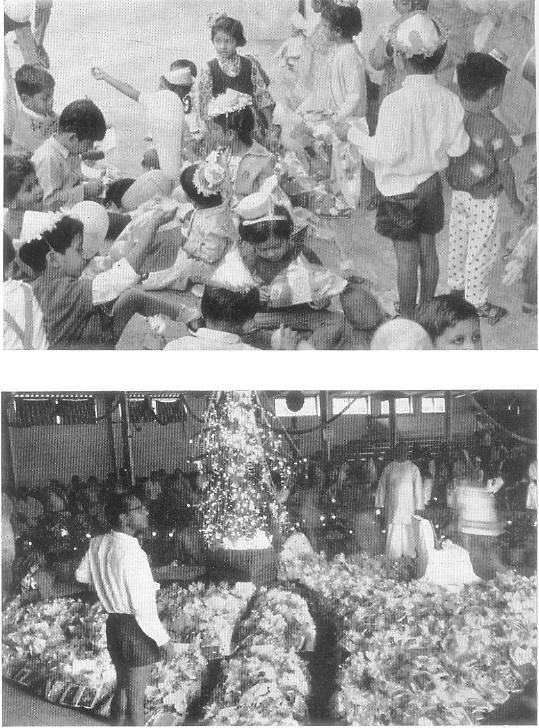|
spirit who is the soul centre of its multiplicities. It is one will, free in
all these at once, comprehensive, harmonious, unified; we find it, when
we live and act in the spirit, to be an effortless and desireless, a spontaneous and illumined, a self-fulfilling and self-possessing, a satisfied and
blissful will of the spiritual delight of being.
But the moment the individual soul leans away from the universal
and transcendent truth of its being, leans towards ego, tries to make this
will a thing of its own, a separate personal energy, that will changes its
character : it becomes an effort, a straining, a heat of force which may have
its fiery joys of effectuation and of possession, but has also its afflicting
recoils and pain of labour. It is this that turns in each instrument into an
intellectual, emotional, dynamic, sensational or vital will of desire, wish,
craving. Even when the instruments per se are purified of their own apparent initiative and particular kind of desire, this imperfect tapas may still
remain, and so long as it conceals the source or deforms the type of the
inner action, the soul has not the bliss of liberty, or can only have it by
refraining from all action, even, if allowed to persist, it will rekindle the
pranic or other desires or at least throw a reminiscent shadow of them on
the being. This spiritual seed or beginning of desire too must be expelled,
renounced, cast away : the sadhaka must either choose an active peace and
complete inner silence or lose individual initiation, sankalpārambha, in a
unity with the universal will, the tapas of the divine Shakti. The passive
way is to be inwardly immobile, without effort, wish, expectation or any
turn to action, niścesta, anīha, nirapeksa, nivrtta, the active way is to be thus
immobile and impersonal in the mind, but to allow the supreme Will in its
spiritual purity to act through the purified instruments. Then, if the soul
abides on the level of the spiritualised mentality, it becomes an instrument
only, but is itself without initiative or action, niskriya,
sarvārambhaparityāgī. But if it rises to the gnosis, it is at once an instrument and a
participant in the bliss of the divine action and the bliss of the divine
Ananda; it unifies in itself the prakriti and the purusa.
The ego turn, the separative turn of the being, is the fulcrum of the
whole embarrassed labour of the ignorance and the bondage. So long as
one is not free from the ego sense, there can be no real freedom. The seat
of the ego is said to be in the buddhi, it is an ignorance of the discriminating mind and reason which discriminate wrongly and take the individuation
|
le désir d'en haut, nous nous apercevons que c'est une volonté de l'esprit
qui soutient le désir des instruments. Il existe une volonté, tapas, shakti,
par laquelle l'esprit caché impose à ses membres extérieurs toute leur
action et en tire la félicité active de son être, un ânanda qu'ils partagent
très obscurément et imparfaitement, à supposer qu'ils en soient conscients. Ce tapas est la volonté de l'esprit transcendant qui crée le mouvement universel, de l'esprit universel qui soutient et inspire le mouvement
universel, de l'esprit individuel libre qui est le centre d'âme de cette
multiplicité. C'est une seule et unique volonté, libre dans tous ces
mouvements à la fois, harmonieuse, unifiée et qui embrasse tout, quand
nous vivons et agissons en l'esprit, nous découvrons que cette volonté
est la volonté de la félicité spirituelle de l'être, satisfaite et béatifique,
sans effort et sans désir, spontanée et illuminée, qui s'accomplit elle-même et se possède elle-même.
Mais dès que l'âme individuelle s'écarte de la vérité universelle et
transcendante de son être, qu'elle se penche vers l'ego et essaye de faire
de cette volonté quelque chose qui lui appartienne en propre, une énergie
personnelle séparée, cette volonté change de caractère : elle devient un
effort, une tension, une chaleur de force, qui peut avoir les joies enflammées de son accomplissement et de sa possession, mais qui a aussi ses
retours affligeants et la douleur du labeur. C'est cela qui, en chaque
instrument, se change en volonté (intellectuelle, émotive, dynamique, sensorielle ou vitale) de désir, de souhait ou de convoitise. Même quand les
instruments per se sont purifiés de leur propre initiative apparente et de
leur genre particulier de désir, ce tapas imparfait peut encore subsister,
et tant qu'il voile la source de l'action intérieure ou en déforme le caractère, l'âme n'a pas la béatitude de la liberté, ou elle ne peut l'avoir qu'en
se refusant à toute action ; et même, s'il est permis à ce tapas de persister,
il rallumera les désirs prâniques ou autres, ou du moins jettera sur l'être
l'ombre de leur souvenir. Cette semence spirituelle, ou commencement
de désir, doit également être expulsée, abandonnée, bannie ; le sâdhak
doit, ou bien choisir une paix active et un silence intérieur complet,
ou bien perdre toute initiative individuelle (sankalpârambha) en unité
avec la volonté universelle, le tapas de la Shakti divine. La manière
passive consiste à être immobile intérieurement, sans effort, sans souhait,
sans attente ni aucun penchant à l'action, nishtchéshta, anîha, nirapéksha,
|
